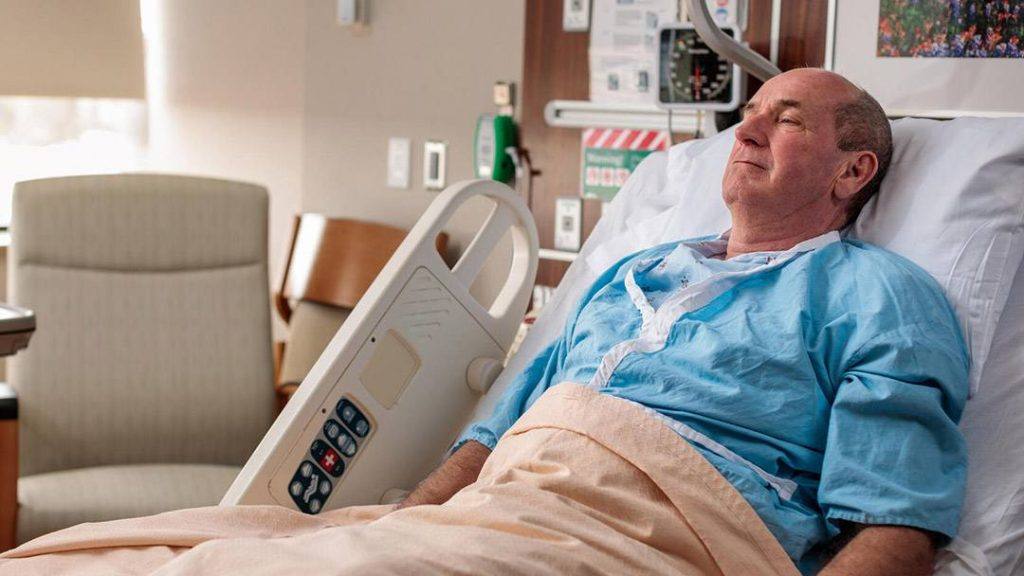-
Mayo Clinic in Rochester to ease visitor restrictions

Beginning Tuesday, Dec. 6, patients at Mayo Clinic in Rochester may request an unlimited number of visitors to be placed on their visitor list.
Mayo Clinic in Rochester will loosen restrictions for hospital patients, beginning Tuesday, Dec. 6. The changes are possible due to the reduced risk of severe COVID-19 disease, staff and patient vaccination rates, effective treatment options, and the low positivity rate.
Patients who are COVID-19 positive or suspected to be positive for COVID-19 will no longer have different restrictions from other patients. The restrictions on numbers of visitors allowed on a patient’s visitor list have also been lifted.
Beginning Dec. 6, these visitor expectations apply to all patients regardless of COVID-19 status:
- Visiting hours are 6 a.m. to 9 p.m. daily.
- Children must be age 5 or older to visit. A responsible adult must accompany all visitors under age 16. Visiting children may not be left unaccompanied.
- All visitors must be on the patient's visitor list or will not be allowed to visit.
- Patients may request an unlimited number of visitors to be placed on the list. * Note: Because of recent circulating cases of COVID-19, influenza and respiratory syncytial virus, or RSV, the Children’s Center at Saint Marys and Methodist Hospitals may implement more rigid restrictions.
- The recommended number of visitors in the patient room at one time is two.
The Family Birth Center on Eisenberg 3-2 is an exception to the above and has updated visitor restrictions as follows:
- Siblings of any age accompanied by an adult visitor and those age 16 or older are allowed in the mother's room during Family Birth Center visiting hours, which are 4–6 p.m.
- A maximum of 10 individuals may be identified on the patient’s visitor list for the duration of the hospital stay.
Essential safety measures for visitors
Visitors are recommended to alternate time in the patient room and use space outside of the hospital or public spaces within the hospital, such as waiting rooms and the cafeteria, while waiting to visit. At times, the care team may further limit the number of visitors in a patient's room to provide care and allow the patient time to rest, based on the individual needs of the patient.
Safety remains Mayo Clinic's primary focus.
To protect the safety of staff, patients and visitors, Mayo Clinic in Rochester will continue to:
- Require visitors to be masked at all times.
- Restrict visitors during aerosol-generating procedures. Mayo Clinic may allow exceptions on a case-by-case basis.
- Provide education if a visitor is permitted for a patient who is positive for COVID-19. The care team will explain to the visitor the risks of contracting COVID-19 and educate the visitor on the required personal protective equipment precautions.
You can find information on visitor guidelines here. The information expressed in this article will be reflected on the site when the changes go into effect on Dec. 6th.







